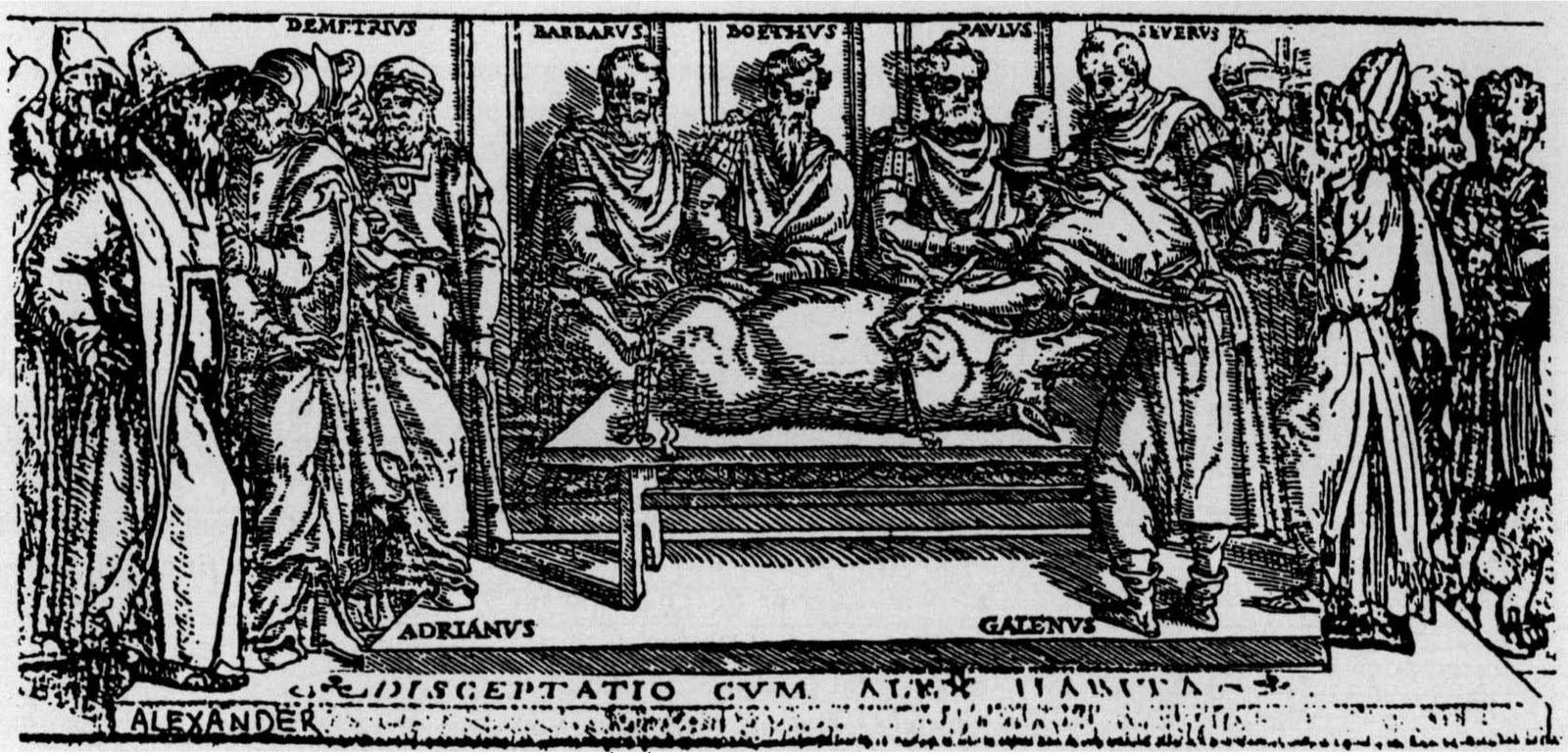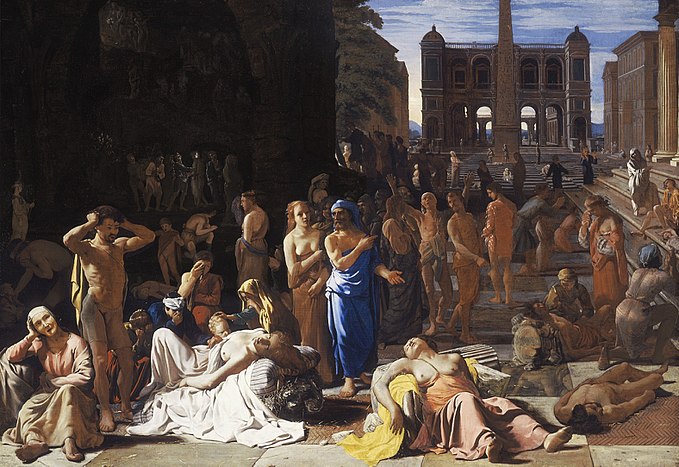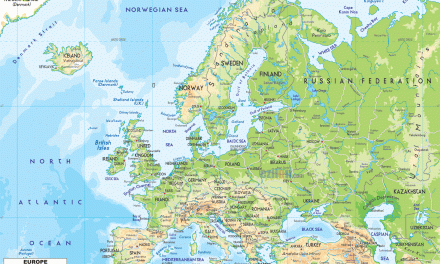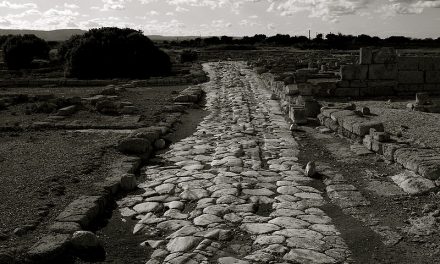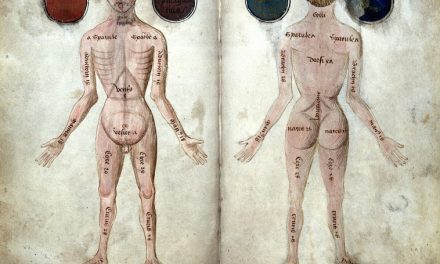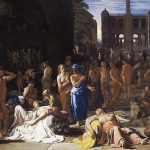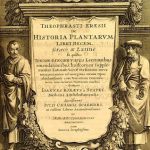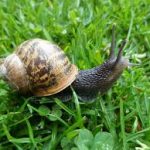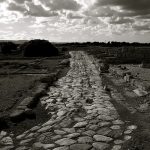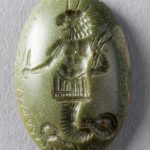In plague-ridden times such as the Antonine period (whatever the ‘plague’ actually was), it was tempting to turn to the natural world in quest of a wonder-drug. It was even more tempting to sell one, regardless of its efficacy. If this rings a bell, looking back at news and publications from our past year in a pandemic, you are not alone. Vitamin D and turmeric are among the preventative cures you could allegedly take against Covid-19. Did you try any? I used both, ‘just in case’.
In Rome, a number of remedies were advocated, with relative success. Galen, a famous physician, talks about Armenian bolos, a type of clay with was already known as a remedy from earlier writers such as Theophrastus, Dioscorides and Pliny the Elder. Galen was given some by an unnamed person who called it a ‘stone’ rather than a type of earth (which Galen discusses at some length, based on his experience of grinding the clay in a mortar). The remedy proved either spectacularly useful, or not at all – he relies partially on third-party reports (Galen, On Simple Drugs 12. 190-192 K.). This was not sufficient evidence to call it a panacea.
Galen also observed a complete recovery in several patients, partly due, he explains, to the conditions of the convalescence. One patient of his got better, then went on to stay in Stabies, near mons Lactarius. There, in the shadow of the Vesuvius and among those especially rich pastures, drinking the ‘wonder milk’ of the local cows, the patient could complete the healing process (Galen, On the method of healing, 10. 363 Κ.). The milk of Stabies is not a panacea – but certainly a kind of milk with most remarkable properties, in relation with the surroundings. Galen attributes the qualities of the milk and pasture to the local climate.
In Galen’s time (or possibly a bit later), other physicians debated and promoted alternative medicines of their choice. One of them, centaurea, was promoted by a contemporary doctor, in a text transmitted under the name of Galen. The text, De virtutibus centaureae, is extant in a Latin version only. It was a successful one, even in the Renaissance (it was in fact one of the very first ancient medical works to be printed, in 1473). The anonymous author of the text was most likely a Greek from Asia, just like Galen, but he was a follower of the Methodist school of medicine (a rival school, which Galen hated and fought very hard). In this text, he exposes in a clear style the many uses of centaurea in a range of diseases. It really seems to qualify as a panacea! Other ‘wonder drugs’ included the famous theriac, which Galen discusses in De antidotis. But others did, too – demonstrating a competitive environment between doctors of a similar background, perhaps of a similar standing, in Galen’s time (Theriac to Piso; Theriac to Pamphilianus). Theriac was a complex remedy, based on a long preparation. But its popularity endured – and it was rediscovered in Renaissance Europe, many centuries later, generating yet new literature.
Panaceas were an important subject in the late 2nd century/early 3rd century AD, when all those works were produced. Pandemics, to an extent, create the need, and the conditions for such a literature to flourish. Interestingly, those texts reveal a diverse, competitive medical world in Rome, in the shadow of the great Galen. I will stick to turmeric for now!
Further reading:
B. Hudson, ‘Theriac: an ancient brand?’ (blog in the Pharmagraphics series): https://wellcomecollection.org/articles/Wc5IPScAACgANNYO
V. Nutton ‘Three Pseudo-Galenic Texts: Pharmacology and Society in Imperial Rome’, in C. Petit, S. Swain & K.-D. Fischer (eds), Pseudo-Galenica. The Formation of the Galenic Corpus from Antiquity to the Renaissance, London 2021
V. Nutton, ‘De virtutibus centaureae: a Pseudo-Galenic text on pharmacology’, Galenos, 8, 2014, pp. 149–175
V. Nutton ‘Galien dans son contexte : épigraphie, archéologie, codicologie’. In: Comptes rendus des séances de
l’Académie des Inscriptions et Belles-Lettres, 157e année, N. 4, 2013. pp. 1481-1491;
doi : https://doi.org/10.3406/crai.2013.95125
https://www.persee.fr/doc/crai_0065-0536_2013_num_157_4_95125
